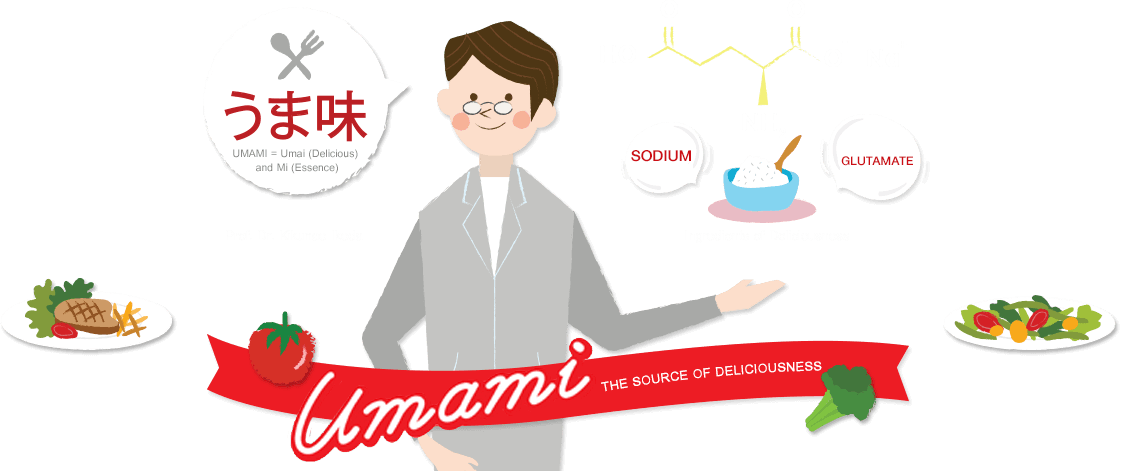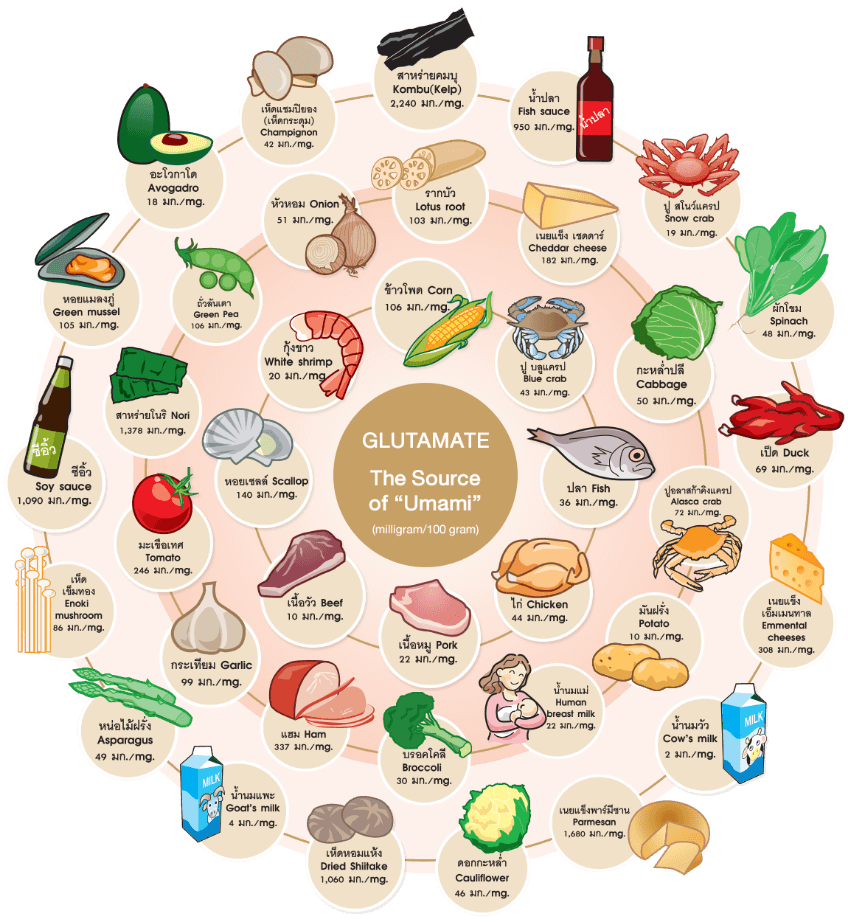For more understanding about Monosodium Glutamate (MSG)
Background of Monosodium Glutamate
Monosodium glutamate (MSG), also known as sodium glutamate, is the sodium salt of glutamic acid.
In 1866, Glutamic acid was discovered and identified by the German chemist Karl Heinrich Ritthausen, who treated wheat gluten (for which it was named) with sulfuric acid.
Karl Heinrich Ritthausen
(13 January 1826 - 16 October 1912, age 86)
was a German biochemist who identified two amino acids and made other contributions to the science of plant proteins.
History of Asia's most famous MSG brand - Ajinomoto
In 1908, Kikunae Ikeda of Tokyo Imperial University isolated glutamic acid as a taste substance from the seaweed Laminaria japonica (kombu) by aqueous extraction and crystallization, calling its taste umami ("pleasant savory taste"). Ikeda noticed that dashi, the Japanese broth of katsuobushi and kombu, had a unique taste not yet scientifically described (not sweet, salty, sour, or bitter). To determine which glutamate could result in the taste of "umami", he studied the taste properties of numerous glutamate salts such as calcium, potassium, ammonium, and magnesium glutamate. Of these salts, monosodium glutamate was the most soluble and palatable, as well as the easiest to crystallize. Ikeda called his product "monosodium glutamate" and submitted a patent to produce MSG.
In 1909, Kikunae Ikeda and Saburosuke Suzuki his brother, began commercial production of MSG using the brand"Ajinomoto" (essence of taste).
Kikunae Ikeda
(8 October 1864 - 3 May 1936, aged 71)
was a Japanese chemist and Tokyo Imperial University professor of chemistry who, in 1908, uncovered the chemical basis of a taste he named umami. It is one of the five basic tastes along with sweet, bitter, sour and salty.
Saburosuke Suzuki
(21 January 1868 - 29 March 1931, aged 63)
one of the two founders of the 112-year history of Asia's most famous MSG brand - Ajinomoto
Umami
“Umami” is from two Japanese words; Umai (Delicious) and Mi (Essence),
“Umami” is the taste of “Glutamate” (amino acid which is a component of protein), the most abundant natural raw material in the form of free glutamate that can be found naturally in meat, seafood, milk including Umami seasonings through fermentation or aged such as shrimp paste, fish sauce, fermented fish, budu, fermented soy bean, soy sauce, etc. Moreover, it is also found in vegetables such as tomato, radish, asparagus, baby corn, corn etc.
The materials are selected to use in food due to their flavor enhancing properties which made food more delicious as:
“If you consciously taste food, we’ll find that there’s a distinct unique taste in asparagus, tomato, cheese, and meat which cannot identify as sweet, sour, salty, nor bitter.” - Kikunae Ikeda
You may like
Read more:
- Ajinomoto. UMAMI The Source of Deliciousness. from: https://www.ajinomoto.co.th/en/our-story/umami
- CNN. MSG is the most misunderstood ingredient of the century. That’s finally changing. from: https://edition.cnn.com/travel/article/msg-changing-views-cmd/index.html
- Wikipedia. Karl Heinrich Ritthausen. from: https://en.wikipedia.org/wiki/Karl_Heinrich_Ritthausen
- Wikipedia. Kikunae Ikeda. from: https://en.wikipedia.org/wiki/Kikunae_Ikeda
- Wikipedia. Monosodium glutamate. from: https://en.wikipedia.org/wiki/Monosodium_glutamate







